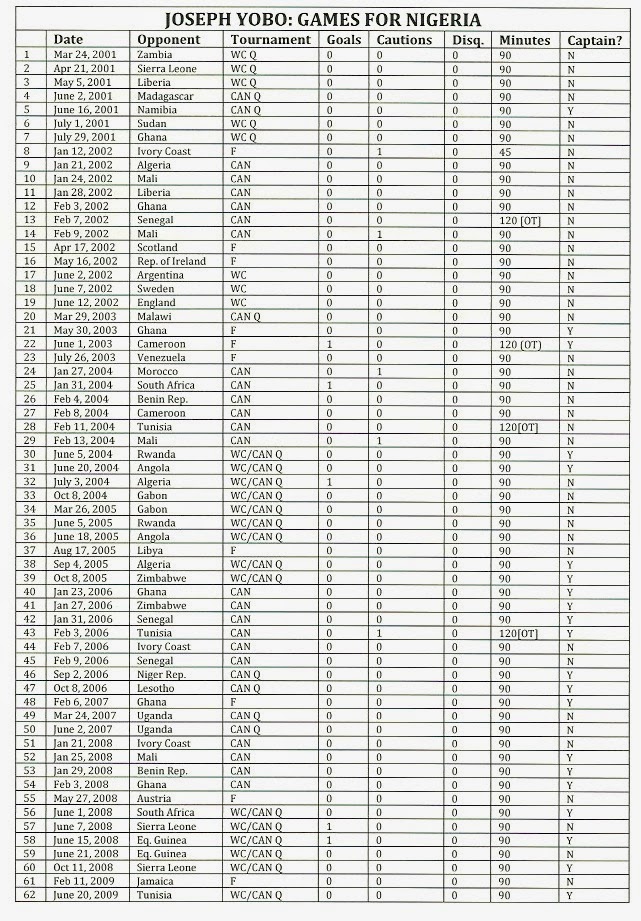Explaining the Balance of World Cup Teams.......
Why is it that a Spanish national team stacked with stars from Barcelona and Real Madrid could not eviscerate an Iranian team with players from little known clubs? Why is it that Japan is able to reach the second round of the World Cup while Poland ranked #8 went home in the opening round? How about Germany? These are legitimate questions that we not only ask at this World Cup but it is a question where there are no simple answers. Is it the coaches? What is it?
One of the things rarely discussed is how talent itself is distributed in football. Yet, this very distribution may well hold the answers that we seek. The frequent transfer of players from the periphery to Europe and from the "small" to "big" European clubs creates a sense that there is a gulf of talent difference between the periphery and Europe and between the "small" and "big" clubs of Europe. To be clear, several encounters at the club competition levels provide support for the assumptions of difference.
However, results at the World Cup often tend to demonstrate small and often negligible differences between national teams and between the players that we observe on the field and in spite of the "big" v "small" name coaches on display. So what may be responsible for this surprising situation? Let's bear in mind that the points made here are speculative and exploratory at best but they offer some insight that we should think about. Each of the three areas that I discuss below focus on critical factors in football today -- the talent available, building a team, and the tactical/strategy planning.
The Gaussian Distribution
The Gaussian distribution (also referred to as the Bell curve) provides a theoretical and visual distribution of how human traits and abilities are often distributed across large populations. This distributions holds true across research of various human traits and abilities including height, intelligence, among others. Football talent is one such ability where the Gaussian distribution can be assumed. So also is the distribution in coaching ability.
At the extremes of the distribution are rare and remarkable cases of high and low ability. In most tests, these extreme groups are less than 2% each. The rest of human ability are bunched moderately in the middle. Thus, in footballing talent, extremely few footballers are highly talented such as Cristiano Ronaldo, Messi, and perhaps Neymar. Most footballers, whether they play for Real Madrid, Hull City, or Anderlecht exhibit the ability that is bunched in the middle. The fact that a player is at Real Madrid and not at Hull City may be based on a coach's subjective evaluation or simply that such a player plays a certain role quite well and may well fail in another role. This also applies to coaching talent. Thus, beyond the very best footballers or coaches the difference between the rest of footballers (regardless of their clubs) may be insignificant or negligible.
Time Required to Build a Team
Additionally, the time required to build strong teams even under great coaches is much longer at national team levels than at clubs. Building a seamlessly effective team, whether it is an office team or a team of footballers, requires time together. It is time that is rare for building a national team. FIFA's statutes provide little time and in intermittent chunks for building a TEAM from a national selection. Without such adequate time, the advantages that accrues at the talent level may well be blunted at the team level. This, therefore, nullifies such advantages for the "big" teams and the "small" teams are able to compete better.
Increased Tactical Limitation to Free Play
But it isn't just the lack of time to build teams that harness the talent of individual players. There are now widespread frustrating tactics that present the "small" teams with advantages. For instance, the lax time-keeping in football is an opportunity offered to the "small" teams where minor delays of game in various areas are unrecoverable by match officials and reduce the actual playing time. Recent data from this World Cup showed in one match that the actually playing time in one game was 44 minutes! That is out of a possible 90 minutes!
Beyond the delays are the frustrating defense where a compact four-to-five-man line of deep defenders with a further line of shielding midfielders make it virtually impossible to score in open play down the middle of the field. Of course, attempting from the sides offer poorer angles and crosses offer contestable balls. These situations basically strengthen the defensive team. Worse still, such frustrating tactics disadvantage the offensive squad whose increasing search for an opening makes it susceptible to quick counters from a defensive team with pacy attackers.
Conclusion
Although there are other factors that have increased the strength of the supposedly "small" teams, the three mentioned above are critical explanations for the closing of gap between the "haves" and "have-nots" in World Cup play. Merely having your top players in Real Madrid, Barcelona, Manchester City, and the like provide little or negligible advantage in today's global national team encounters and has been somewhat demonstrated in World Cup play.



Comments
Post a Comment